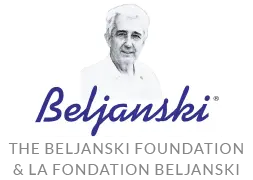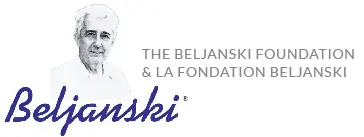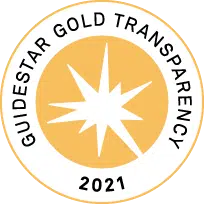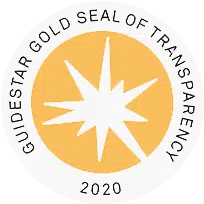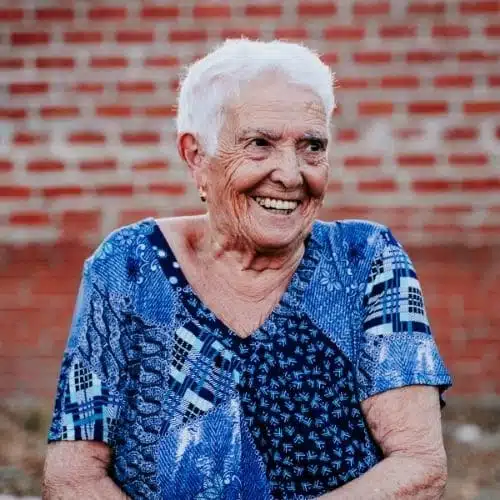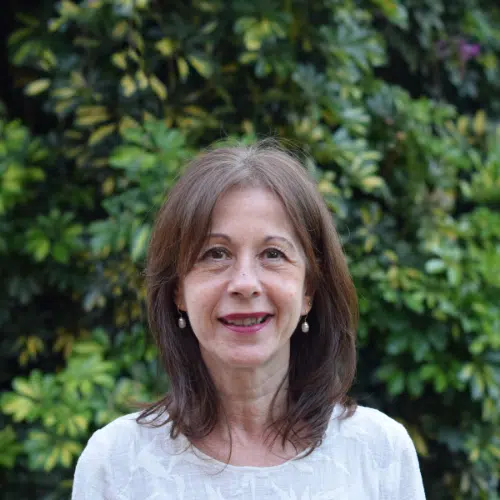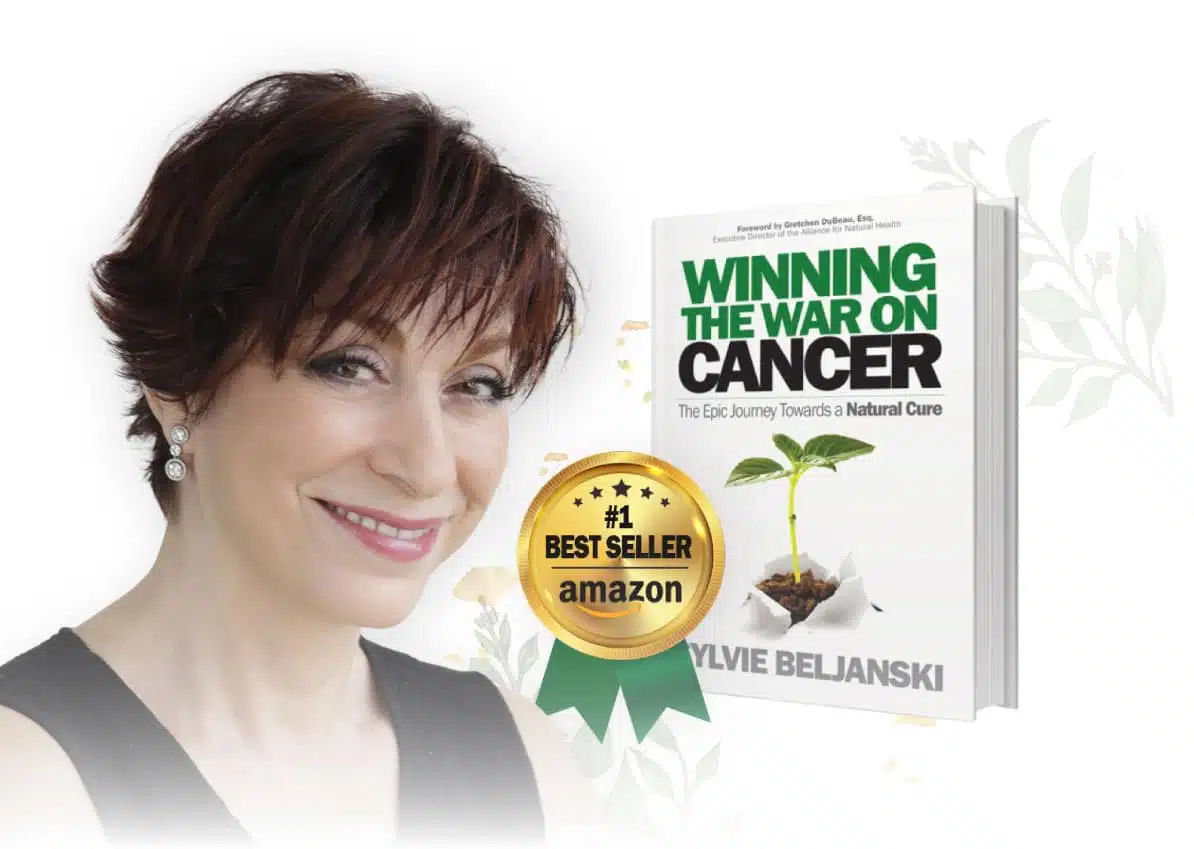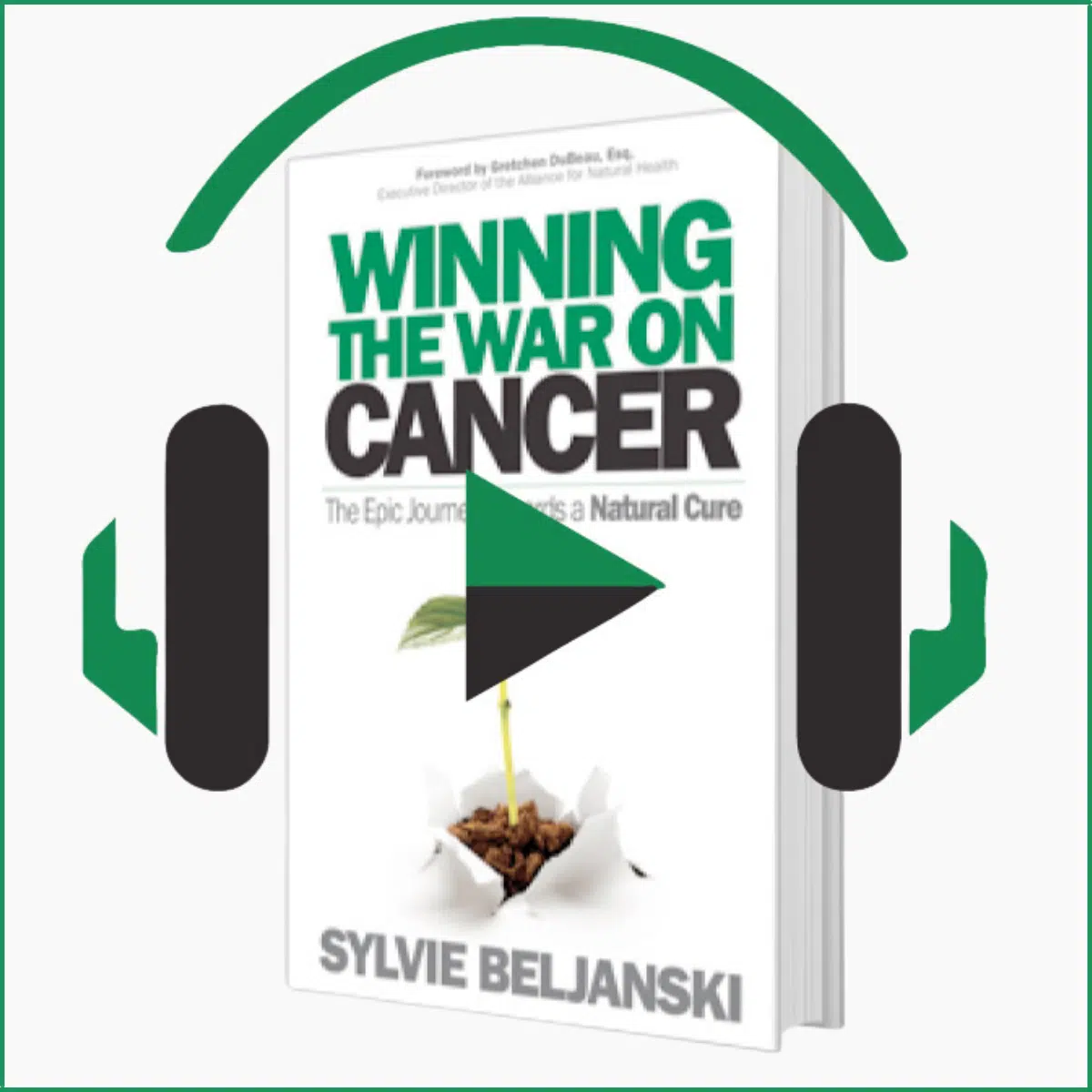What is Cancer?
All cancers develop when the body’s normal control mechanism stops working effectively, leading to the uncontrolled growth of abnormal cells. Cancer may occur anywhere in the body.
Only about 5% to 10% of all cancers result directly from gene defects (called mutations) inherited from a parent. Most cancers result from a progressive and cumulative destabilization of the DNA due environmental toxicity. The good news is that we can avoid and fight these environmental influences.
CANCER BY THE NUMBERS
Cancer is a thriving industry with an annual global cost of cancer drug spend expected to rise from $107 billion in 2015, to around $160 billion in 2020, according to a 1916 McKinsey report. From 1980 through 2018, the U.S. Food and Drug Administration (FDA) approved 126 cancer drugs to treat solid and hematologic tumors.
In the meantime, the burden of cancer is also rising worldwide.
A New Approach to Cancer
The late Dr. Mirko Beljanski, a biologist-biochemist who worked for over 30 years at the famous Pasteur Institute in Paris, demonstrated the fundamental difference between normal and cancer DNA, studied how carcinogens increase unwinding and duplication of cancer DNA, and looked for natural molecules that would do the opposite—by binding to the cancer DNA strands they slow down cancer DNA synthesis. Beljanski’s work showing a causal link between cancer and exposure to carcinogens in the environment made him a pioneer in environmental medicine. It offers a new and empowering avenue of research, so far very promising.
Beljanski’s observations on the central role of DNA destabilization in cancer have since been given a biochemical basis by Donald Malins at the Pacific Northwest Research Institute in Seattle, Washington.
A NATURAL APPROACH
While carcinogens increase unwinding and duplication in cancer DNA, Dr. Beljanski looked for natural molecules that would do the opposite. He developed a specific test, the Oncotest, to select plant extracts able selectively recognize the DNA loops that result from DNA destabilization and are the hallmark of cancer DNA. Pao pereira (Pau pereira) and Rauwolfia vomitoria were particularly effective and became the focus of his research. Recent research conducted at Columbia University, Kansas University Medical Center and Nanjing University, among others, on prostate, ovarian and pancreatic cancers have since confirmed this approach.
Learn more
NON-TOXIC TO HEALTHY CELLS
Thanks to the natural fluorescence of the two active substances in both Pao pereira (Pau pereira) and Rauwolfia vomitoria extracts, Dr. Beljanski could observe that they are selective to cancer DNA, to cancer cells, and to the tumors in organisms with cancer. They do not penetrate healthy cells, and have shown no significant side effects.
DESTROYING ALL KINDS OF CANCER CELLS
Beljanski extensively tested extracts from Pao pereira (Pau pereira) and Rauwolfia Vomitoria extracts and found that each of them had selective damaging effects against a wide variety of cancer cells in vitro, including liver, thyroid, brain and breast. Learn more
Recent research has confirmed the activity of the extracts on prostate, ovarian, pancreatic, colon and breast cancer cells. Learn more
Results from RGCC laboratory have also shown broad spectrum of anti-cancer activity, and there are numerous personal testimonials as well.
Learn more
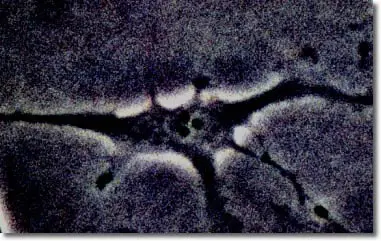
Healthy Astrocyte: the Pao pereira (Pau pereira) extract remains outside Healthy Astrocyte
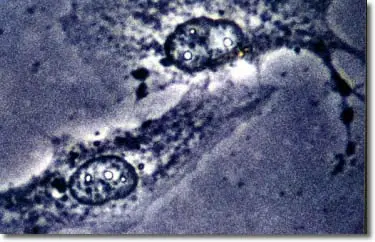
Cancerous Glioblastoma Cell: the Pao pereira (Pau pereira) extract penetrates cancer cells Cancerous Glioblastoma Cell
Publications
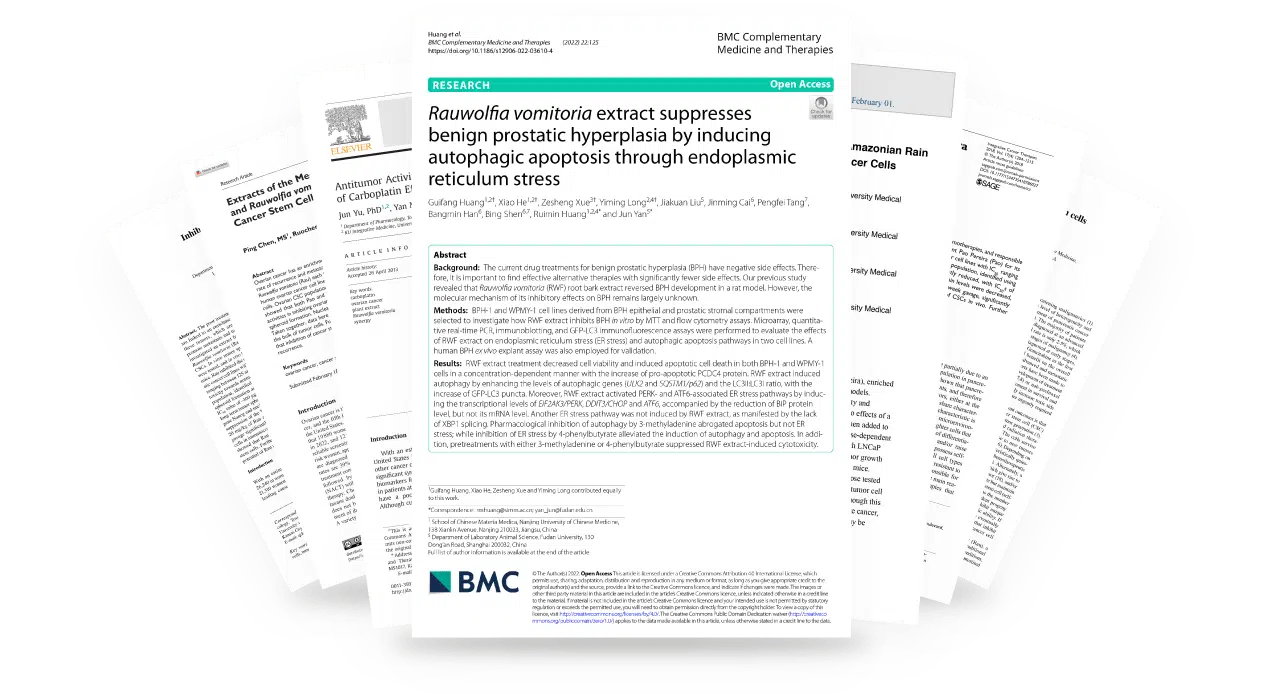
Following Dr. Beljanski’s publication showing that his Pao pereira extract (PB 100) was active against sixteen different kinds of cancer cell lines, numerous publications followed confirming that Pao pereira (Pau pereira) and/or Rauwolfia vomitoria extracts destroy cancer cells, alone or in synergy with chemotherapy, with minimal toxicity on the growth of healthy cells. Many of those studies have been sponsored by The Beljanski Foundation, in partnership with the academic institutions conducting the research.
The Beljanski Approach to Cancer
Now there’s a natural way to combat cancerous cells while being gentle on healthy cells. Dr. Mirko Beljanski, now being recognized as the “Father of Environmental Medicine,” conducted ground-breaking research revealing the connection between toxins in our environment and the onset of cancer. And he was quick to reason that nature holds the answers for a cure to all cancers. Natural, non-toxic ingredients developed and perfected by Dr. Mirko Beljanski selectively block the duplication of cancerous destabilized DNA while not affecting healthy DNA. They work on every type of cancer at every stage because they are not gender or organ specific. Based upon the legacy of Dr. Mirko Beljanski, The Beljanski Foundation has been working collaboratively for the past three decades with scientists worldwide to research a natural approach to cancer.
The Beljanski extracts have now become the subject of many peer-reviewed scientific publications, from numerous academic institutions, confirming their effectiveness and providing a deeper understanding of their mechanism of action.
The Beljanski Foundation’s team is committed to sharing these findings with you, so that you can make informed decisions to help restore and maintain optimal health.
"The brilliant Mirko Beljanski, PhD, found miracles in nature—Pao pereira, a tree native to the Amazon, and Rauwolfia vomitoria, which is extracted from an African root bark—that proved to heal countless patients from cancer and AIDS. You would think these would be household names, and we would all be celebrating this major milestone in the war on cancer. But we aren’t. In fact, most people don’t know anything about these two natural remedies. WHY"
Gretchen DuBeau, Esq.
Alliance for Natural Health, USA
What it says about a New Approach to Cancer
“One last question,” I said, “How come the same extracts work on different kinds of cancer, like on Mitterrand’s prostate and Mrs. Bouchet’s breast? This is something completely unheard of.”
“Indeed,” she responded without hesitation. “Your father turned the whole understanding of cancer upside down. All the laboratories around the world work on the general and accepted assumption that cancer is caused by mutations. But mutations happen when there are changes in the genetic code. Instead your father observed that all cancer cells exhibit changes in their secondary DNA structure: the hydrogen bonds that hold the DNA strands together in a double helix are broken. This means that the strands of DNA are opened up, leading to a destabilization that allows the enzymes that copy DNA to work overtime. The DNA keeps duplicating, enabling cells to keep dividing without stopping. This is what happens to DNA in the presence of a carcinogen.
“At first, this destabilization is minimal, but if a cell is in continual contact with a carcinogen, the destabilization increases dramatically. Then the cells replicate much faster and in an unregulated manner. This is the high mark of cancer cells.”
“The Oncotest revealed that many of today’s chemicals act as carcinogens and induce different kinds of cancers. What your father also found is that some natural extracts are able to recognize destabilized DNA, and selectively block its ability to replicate. Those extracts are actually doing the exact opposite of carcinogens. Since they work on the level of the DNA, they are not organ- or gender-specific.”
P.53-54 Winning The War On Cancer: The Epic Journey Towards a Natural Cure
What scientists are saying about cancer
At the Risk of Freedom
Selectivity of Beljanski's Extracts
Jillian CappodiceLatest Prostate Cancer research
Dr. Qi ChenLatest Pancreatic and Ovarian Cancer research
Dr. James F. GrutschLatest Chemotherapy Innovation
A Natural Approach to Cancer
The Work of Mirko Beljanski, PhD, Explained by John Hall, PhD
Join Dr. John Hall, Director of Research at The Beljanski Foundation, for A Natural Approach to Cancer—a webinar uncovering the groundbreaking discoveries of Dr. Mirko Beljanski. This webinar explains how environmental toxins destabilize the physical structure of DNA, the effects of carcinogenic substances on the human body at the cellular level, and the promising potential of natural extracts to selectively target destabilized DNA.This webinar will empower everyone concerned with cancer and a MUST-WATCH for all healthcare professionals seeking innovative, science-backed approaches to cancer prevention and treatment.
Unlock the Power of the 5 Best Cancer Fighting Botanicals Backed by over 70 Years of Scientific Research
- Learn how to naturally fight cancer and other chronic diseases on three different fronts
- Understand the synergistic anticancer activities of natural extracts
- Discover support options for you to use in conjunction with conventional medicine
HEALTHY TUESDAY ABOUTCancer Survivors, you made it through! Now What?ON DEMAND
Hear directly fromSylvie Beljanski and Barbara Bartlik, MD
Every month at Healthy Tuesdays – virtual events organized to help you Feel Better Naturally – we feature healthcare professionals who come together to share information and advice related to holistic health.
This virtual Healthy Tuesday event featured keynote speakers Dr. Barbara Bartlik, who is recognized as one of New York Magazine’s Best Doctors, and Sylvie Beljanski, Founder and Executive Vice President of The Beljanski Foundation whose mission is to cure cancer the natural way. The two enlightened everyone with their insights and approach to life after surviving cancer.
We invite you to watch the event recording on demand.

Donate to the Beljanski Foundation now and support our latest groundbreaking research to help people beat cancer at any stage.
Awarded Gold Seal of Transparency 5 Years in a Row
The Gold Seal has been awarded to The Beljanski Foundation by GuideStar. GuideStar by Candid’s Gold Seal is given only to those non-profits displaying the highest level of transparency with financial reports, board governance and community engagement. This seal reveals our diligence with maintaining up to date data honestly and with integrity. Prospective donors appreciate this significant recognition of conscientiousness.
Survivor stories
I am giving a review of 2 extracts that are absorbed together. These extracts are for one of my dogs, a Brie shepherd who had a tumor on each ovary! The dog had surgery and since then I have been giving her Pao Pereira and Rauwolfia Vomitoria morning and night. I do an ultrasound every 3 months and…
I’ve had twenty-five years of hindsight. I was operated on for a stage 2 ovarian tumor at the hospital of NIORT. As an academic engaged in scientific research, I learned of the research of Mirko Beljanski in numerous articles published in scientific journals. I was also aware of the tests performed…
After a long period of distress, at 63, I discovered I had ovarian cancer. At first, I refused any recommended treatment, suspicious of traditional medicine. At the time a friend shared information about Beljanski products. I read the documents and became curious. Six months later I was operated on…
In January, I had a persistent stomachache which prompted me to consult a gynecologist. After performing examinations, the specialist reassured me that there was nothing alarming. Two months later, faced with the persistent abdominal pain, I returned to see a surgeon who carried out a more complete…
In August, I made a routine visit to my gynecologist to give him the results of a mammogram. He said, “Everything is fine but since you are here, I will examine you and conduct a pap smear.” This came back clear. Then after an ultrasound of my ovaries as well there was a lump, a cyst. He said, “You…
Contact us
Need information or support? We can help! Write to us with your questions or concerns, or send us a callback request.
If you are a patient, survivor, caregiver, or healthcare professional, click on the button below and you will be redirected to the dedicated contact form.

Do you wish to receive the latest news, publications and research of The Beljanski Foundation? Just fill out the form below to be subscribed to our newsletter.
Share
